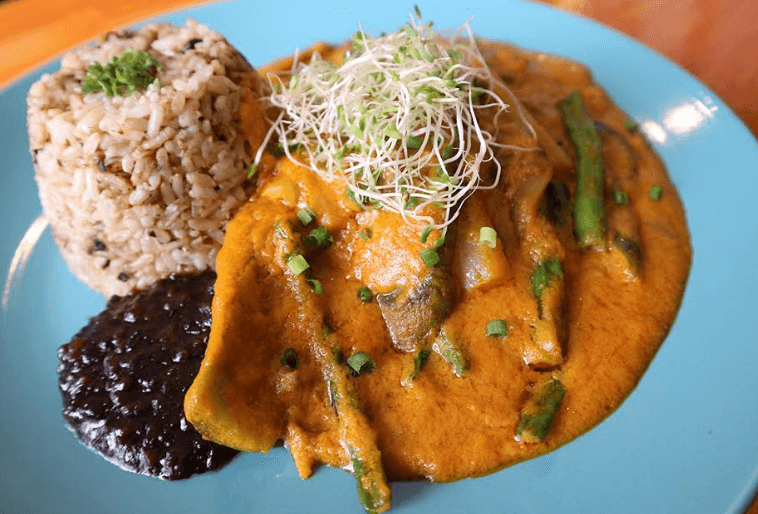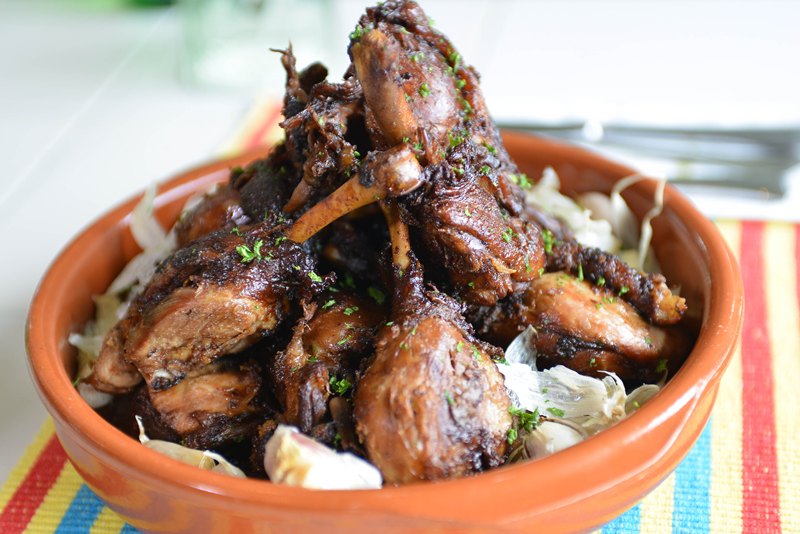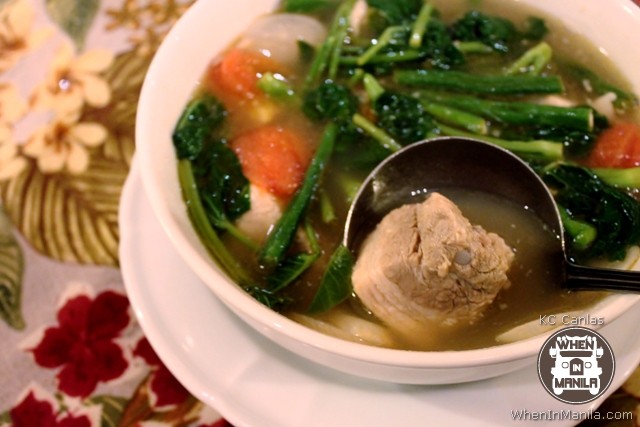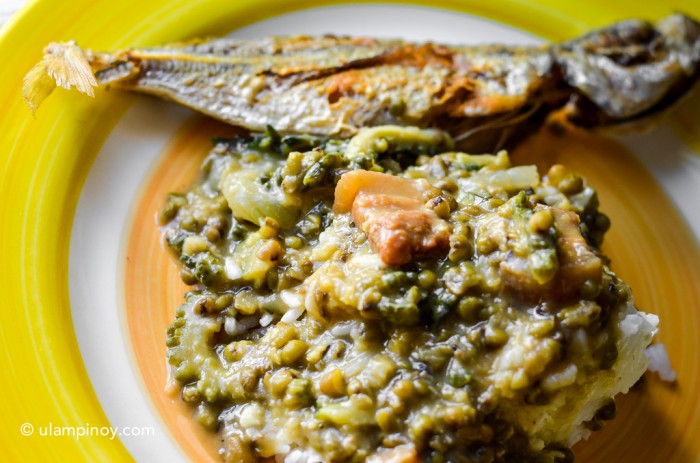With stunning emerald landscapes and made up of 7,641 breathtakingly beautiful islands, it’s no wonder that the Philippines attracts expats from all over the globe. In fact, the government’s most recent Census of Population and Housing totalled 177,365 foreign citizens, with the majority of expats coming from the USA, China, Japan, India and Canada. As well as being a popular location for expats, the Philippines is well known for its welcoming and inclusive culture. This is represented in HSBCs Expat Explorer Survey which ranked the Philippines third for making friends and social life, and fifth for integration, making it a truly desirable destination for expats looking to settle down.
With an array of delicious yet healthy dishes and a plethora of green spaces to take advantage of, the Philippines offers plenty of ways to keep fit and healthy whilst living there.
Traditional Filipino Cuisine
As a thriving hub of gastronomy, Filipino cuisine (also known as Pinoy) finds its roots in Malay cooking, as well as taking influence from Spanish, Mexican, Chinese, and Japanese cuisine. A vibrant mix of eastern and western influences, the Philippines offer plenty of healthy national and international dishes to taste and test.
Adobo
Unofficially known as the national dish of the Philippines, adobo is usually cooked with pork or chicken – great sources of protein. This popular traditional dish is braised in soy sauce and vinegar, and seasoned with bay leaves, peppercorns and garlic to enhance the flavours.
Bay leaves in particular are known for their various health benefits, including the ability to improve your digestive system, cardiovascular health, and manage stress levels. To minimize fat, choose lean bits of meat and if you’re using chicken remove the skin. Adobo is usually served with rice which is also a staple of Filipino cooking.
Sinigang
Another popular Filipino dish is sinigang, a delectable sour soup made with either meat or fish and mixed vegetables. These can include bok choy (a type of Chinese cabbage), string beans, eggplant, broccoli, okra or taro. This medley of vegetables is both high in fibre to support digestive health and contains vitamin C.
Traditionally, it was the tamarind fruit that gave the soup its sour flavour, but nowadays a simple tamarind mixing powder is often used instead. Sinigang can be served on its own or with rice.
Pinakbet
Pinakbet, or pakbet, as it is also known, is a native dish from the northern region of the Philippines. This dish usually consists of fish paste and vegetables which are cooked slowly until the juices are almost completely absorbed. Vegetables used often include ampalaya (bitter gourd), broccoli, eggplant, squash, string beans and okra.
Sometimes, tomatoes, onions and garlic are added for extra flavour. As well as being high in dietary fibre, these vegetables are low in fat and store essential minerals and vitamins.
Kare-Kare

Kare-Kare is a peanut-based stew created with oxtail and a variety of vegetables including eggplant, long beans, and banana blossoms. Sometimes pork hocks or tripe are added, but for those who don’t eat meat, these ingredients along with the oxtail can be substituted with extra vegetables or tofu.
The peanut sauce is the key ingredient to this dish, giving it a rich taste and creamy texture (those with nut allergies should steer clear). While it is mainly the vegetables that offer health benefits, the dish is a must-try because this particular choice is often served during special occasions.
Ginisang Munggo
Another delicious, nutritious dish that is usually served at a certain time is Ginisang Munggo, which is often enjoyed on Fridays. This dish is prepared by simmering mung beans in water until they are soft, with ampalaya (bitter gourd). Pork, fish, or shrimp are sometimes added to diversify the flavours and add extra textures to the dish, but it can be served using only vegetables.
Ginisang Munggo provides you with plenty of health benefits because it includes natural sources of calcium, potassium, zinc, folate, magnesium, copper, manganese and vitamin b.
Outdoor Spaces and Fitness
Maintaining a healthy diet is much easier when there are plenty of healthy food options available, which is why it can be easy to eat well in the Philippines. Likewise, keeping fit here doesn’t have to be a chore. In fact, it can be seriously fun – from exploring green spaces to enjoying water sports and activities along the country’s stunning coasts.
Named as one of the best countries in the world for diving, the Philippines offer plenty of opportunities for this, as well as other water sports and activities including kayaking, paddle-boarding, and snorkelling. Whilst the larger cities may not offer much green space, there’s plenty to be found in the more rural areas and islands. With that said, there are a good variety of parks in Manila including Rizal Park where you can roam the Japanese gardens, and explore the 60 hectares of woodland areas, open lawns, and ornamental gardens and ponds.
Another park worth mentioning is Track 30th, a fitness-oriented park which attracts health enthusiasts and fitness fanatics alike. Situated in the bustling business district of Bonifacio, Track 30th features paved jogging paths, an exercise lawn, and “fitness installations” where you can warm up, stretch and exercise.
Healthcare
While eating well and keeping fit are important aspects of healthy living, it’s essential for expats to find out how their new country’s healthcare system works so they can access it as and when they need it to keep their health in check.
The healthcare system in the Philippines is divided between public and private systems. This is funded by the government, private sector, and individuals. All legal citizens are entitled to free healthcare under the Philippine Health Insurance Corporation (PhilHealth), however many Filipino citizens opt for private healthcare because private facilities offer a much higher standard of care than public facilities. Expats are not covered under the national healthcare system if they are not yet legal citizens. This is why expats moving to the Philippines may want to consider having international health insurance in place to cover any out of pocket fees they may incur when accessing healthcare facilities.
From experiencing the country’s diverse range of delicious food options and making the most of the stunning outdoor spaces, to accessing high quality healthcare, there are plenty of ways to maintain a healthy lifestyle whilst living in the Philippines.








